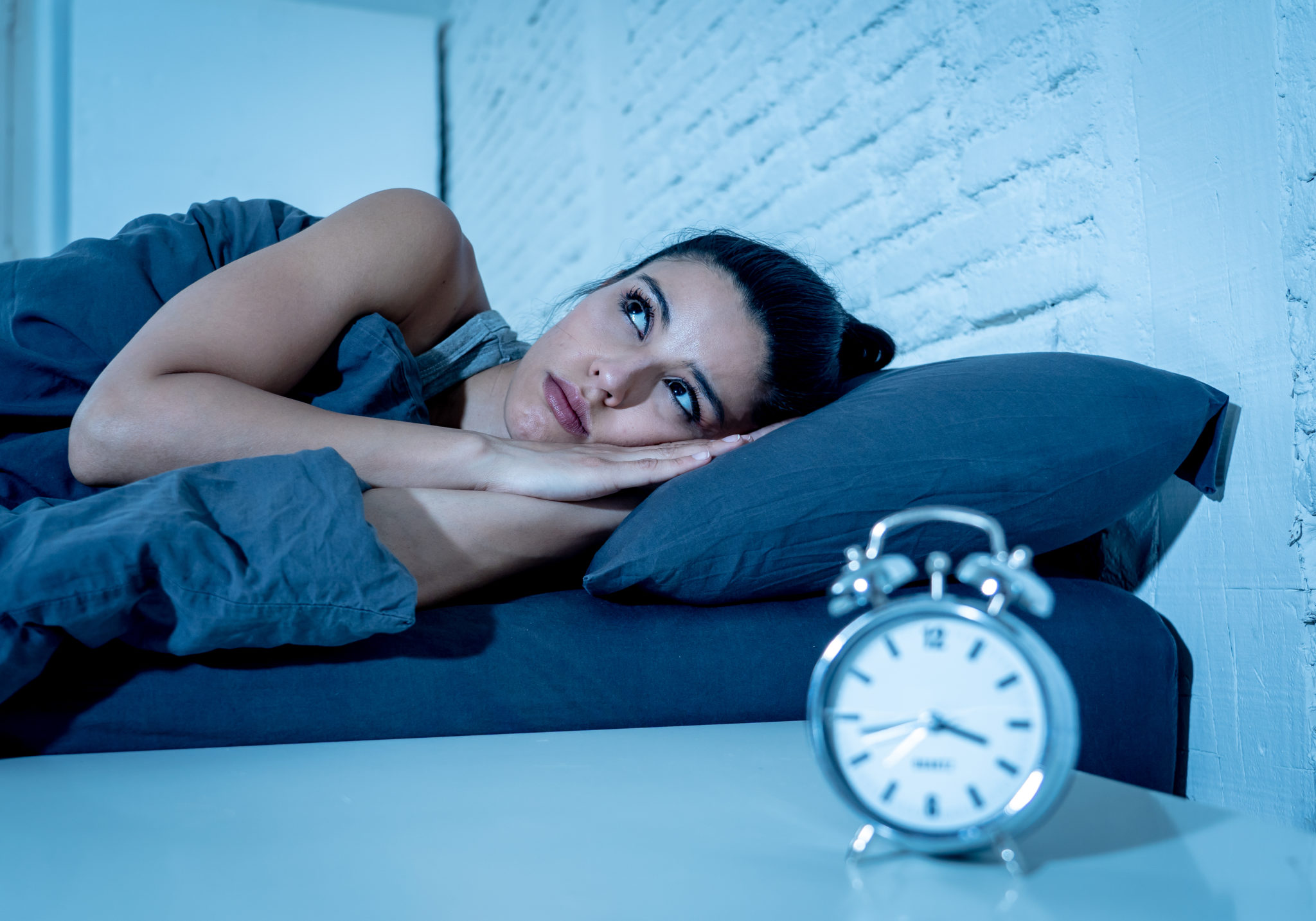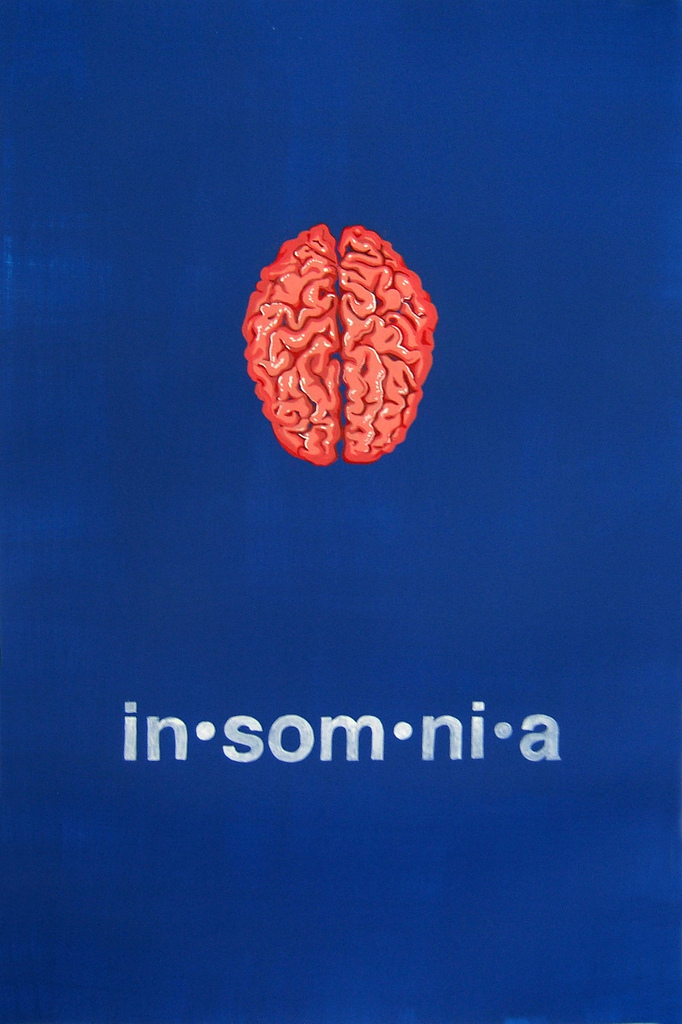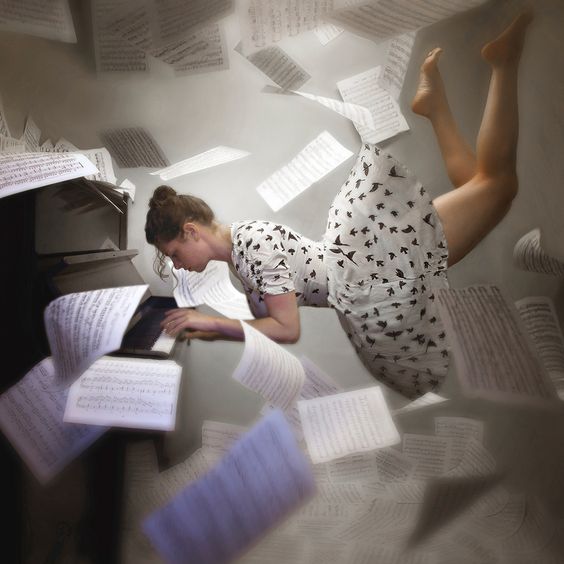


“The existing research into sleep and sound clearly shows that music stimulates chemicals in the brain that improve our propensity for a good night’s sleep and help us to relax. It’s also something that many people have a strong emotional connection to, so if there is a level of familiarity in the music to an earlier period in your life, this adds to that feeling of safety that can help us fall asleep.” Music can help calm the mind by creating a state of relaxation. Sleep expert James Wilson added: “When creating the right conditions for sleep, it’s important to feel emotionally and physically secure, as a feeling of safety will allow the nervous system to relax. I can’t wait to get the track out there and help a nation of bad sleepers finally get the rest they’re craving.” With that legacy in mind, the opportunity to collaborate with OTO on the creation of a Sleep Remix was one I couldn’t turn down. Once released, the track became an anthem for a generation of late night clubbers who, as the lyric goes, were also getting ‘no sleep’. Being in there all day and then DJ-ing at night was like having permanent jet lag, so I came up with the title ‘Insomnia’, because I literally couldn’t sleep.

Incorporating elements of sleep science and key insights from James, Insomnia: Blissful Sleep Remix, features:Ī reduced tempo of 100 beats per minute, which aligns with the normal resting heart rate for sleep in adults, and is therefore optimal for inducing sleepĪn orchestra of 15 musicians (encompassing strings, woodwinds and percussion) re-create the original Insomnia riff, mimicking a rhythmic pulse similar to isochronic tones, which are often embedded into music to help sync brain waves to their frequencyĪSMR via an updated reprise of the iconic lyric ‘I can’t get no sleep’ĭiscussing the project, Sister Bliss said: “It’s hard to believe we produced Insomnia 27 years ago in a garden shed.


 0 kommentar(er)
0 kommentar(er)
